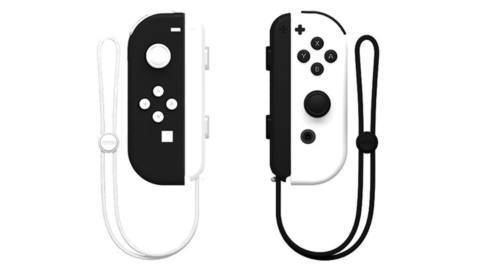
PlayStation’s 30th anniversary celebrations kicked off last week – and in a somewhat unexpected way. Key art on the PlayStation Blog showed a range of Sony hardware old and new in the background and carefully tucked away was a console we hadn’t seen before. Or rather, we had seen it before, but only via a sketch from billbil-kun. This looks to be our first look at PlayStation 5 Pro and now it’s been confirmed that PlayStation lead system architect Mark Cerny has a technical presentation to give tomorrow. This should be our first indication of how Sony aims to position PS5 Pro and to justify its existence.
Documentation leaks from Sony’s developer portal already tell us what to expect from the hardware. The Zen 2 CPU remains unchanged, but has an optional ten percent clock speed boost. The GPU moves from RDNA 2 architecture to RDNA 3, with the base unit’s 36 compute units rising to 60 in the new machine. Without tapping into new features, Sony suggests that PS5 games will run around 45 percent faster on Pro compared to the standard model. However, machine learning silicon rated for 300 TOPs opens the door to PSSR upscaling – which we would hope to match the quality of Intel XeSS and maybe knock on the door of Nvidia DLSS. Ray tracing hardware is also beefed up, while the audio Tempest Engine of the standard PS5 also gains more performance on Pro.
What does this mean for actual games? ML-based upscaling comprehensively bests the software-based solutions on PS5 right now. Games will run at higher resolutions and higher frame-rates, while PSSR improves upscaling quality, giving it a further boost over the existing model. Games with RT effects can run more RT effects while titles without RT features can now run with them. And even if a game has no Pro support at all, an ‘ultra boost’ mode should see that 45 percent of extra GPU power brought to bear. deliveing higher resolutions in games where that is dynamic, and higher frame-rates too. Where we won’t see too much of a difference is in CPU-limited scenarios – of which there are many.






